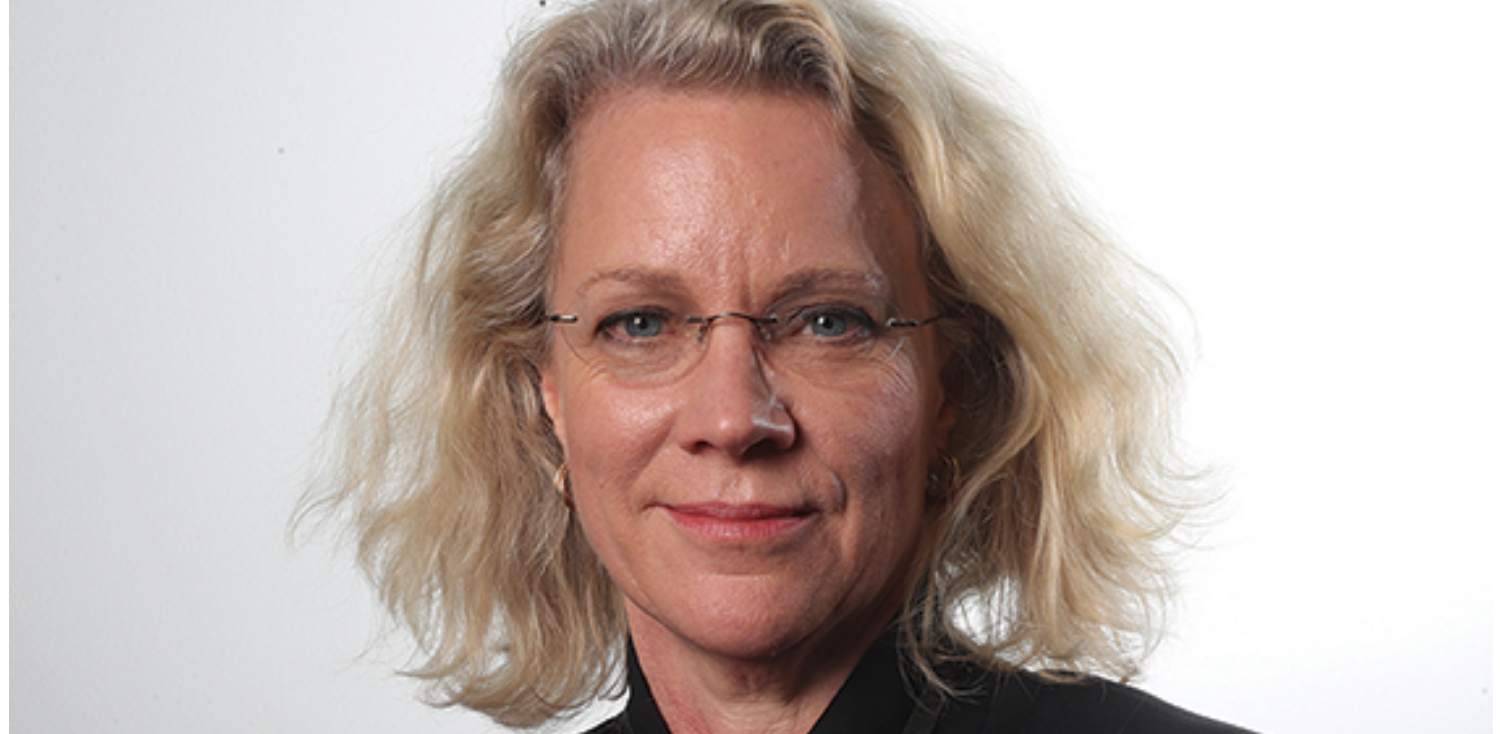Success in business rests heavily on getting a good return on your investment. From producing products, to upgrading technological systems to marketing services, business leaders must be meticulous in ensuring they get top results in return for the money spent.
But what about your investment on the people leading your company? Managers and leaders are often overlooked as the most important organisational asset that holds the most potential in determining the business’ success. What value do your managers add to your company?
It’s a vital question to ask. In an era rife with corporate misdeeds at the hands of poor leadership – from Volkswagen’s ‘emissionsgate’, to the Facebook-Cambridge Analytica data breach, to the banking royal commission – more than ever, consumers are losing faith in businesses and their leaders.
So, who is leading your business? Do your leaders display the key qualities that drive success in today’s complex business environment? How are they adapting to the fast-changing pace of leadership for the future?
When hiring, assessing and developing managers and leaders in your organisation, ask the following questions:
Are they experienced?
In many professions, such as accounting, engineering and law, certain standards are indicated by the designations that these professionals possess. It’s a guarantee of the experience and understanding that they bring to the business. Their accreditations are recognised as an objective benchmark of professional competence and ensures they have the right knowledge, skills and experience to qualify as a practicing professional.
You would never entrust your taxes, construction or legal cases to underqualified professionals. It’s logical to think that you would treat your leadership investment with the same prudence. A professional recognised with an accreditation to manage and lead people and the business is guaranteed to practice management and leadership at the highest quality, ensuring your business is getting the most out of both the manager and the staff they empower every day.
In Australia and New Zealand, the Chartered Manager accreditation is changing the game for leaders and businesses. As an internationally-recognised professional designation, it provides assurance to organisations that their managers have the necessary skills to lead the business towards success. Recognised by Royal Charter, it is a benchmark of management and leadership professionalism that has transformed organisational leadership around the world. In fact, the Chartered Management Institute (CMI) in the UK found that 96% of Chartered Managers used their designation as proof of their experience in leading people and managing change.
For Intelledox’s Head of Customer Services and APAC Professional Services, Sue Ann McKenzie-Smith CMgr AFIML, becoming a Chartered Manager helps her paint a holistic picture of her stature as an experienced manager and leader. McKenzie-Smith points out, “Being a Chartered Manager has ensured I am leading people with an industry standard recognition of my management skills to date, and throughout my career.”
Are they ethical?
In 2019, consumers know that business success and ethical behaviour are not mutually exclusive. In a decade of ethical leadership failures across organisations in all industries and locations, from Hollywood to governments to FIFA to banks, consumers are demanding businesses deliver results without sacrificing their moral compass.
Corporate ethics is an issue that concerns University of South Australia Business School adjunct professor, organisational psychologist and independent company direct Travis Kemp CMgr FIML. He recognises the importance of ethical behaviour in leaders. “A leader’s impact on society can be incredibly positive when it’s directed in the right way, to the right people, at the right time. And for that reason, we can all get better at doing it”, Kemp says. He believes leaders must guarantee that their actions are grounded on strong decision-making principles. “It keeps coming back to this notion of good people, doing good things, for the right reasons”, he adds.
As a Chartered Manager, Kemp is one of hundreds of professionals who must adhere to a strict code of conduct and practice that certifies that he commits to the highest standards of ethical behaviour whilst managing and leading. This significant pillar underpinning the accreditation is another reason Chartered Manager is transforming the leadership landscape across Australia and New Zealand as businesses begin to focus on corporate ethics as a core element of leadership practice in the workplace post-banking Royal Commission.
Are they impactful?
Managers are tasked with the often complex and difficult role of empowering and enabling people to achieve their full potential, whilst also working to achieve the business’ goals. However, it can sometimes be difficult to quantify if, how, where and what value certain managers are really adding to the business. Calculating whether leaders are providing a high return on investment is difficult to benchmark, assess and analyse. Ensuring leaders in your organisation measure up to an objective and universal standard of professionalism is essential to evaluating business success.
Kate Venables CMgr AFIML, Director of CatholicCare Social Services in Toowoomba described becoming a Chartered Manager as “the start of a journey”. Venables knows that being a manager is all about adding value by enabling those around you. According to Venables, “The importance [of being a leader] is that you empower and engage others to do the best in their job.”
As a Chartered Manager, Venables’ impact as a leader is benchmarked against the global standard of the rigorously-assessed accreditation which requires professionals to provide proof of the effectiveness of their leadership practice. After the accreditation is awarded to successful applicants, they commit to ongoing continuous professional development that guarantees their skills are updated, relevant and of the highest quality.
In their research of Chartered Managers, CMI found that:
- 91% of Chartered Managers see the designation as proof of their ability to deliver results
- It is estimated that Chartered Managers, on average, add $AUD626,309 in value to their organisations
- 64% of Chartered Managers also report making significant cost savings through performance improvements and innovations
These strong statistics not only provide a clear insight into the real results achieved by Chartered Managers, they provide a benchmark of impact and leadership success amongst top managers and leaders.
Who’s leading your business?
If business success is calculated on the checks and balances of investments, then the investment in people – and especially leaders – should be front and centre of the business. Top results are achieved at all levels of the business by ensuring the person who makes decisions and manages people is the most experienced, ethical and impactful leader.
So, who is leading your business? How do you ensure the managers and leaders you hire and develop have, do and will continue to work to the highest possible professional standards? Indeed, what is that professional standard?
Chartered Manager is the global highest status that can be achieved as a manger and leader. It is an international standard of leadership excellence.
Chartered Managers demonstrate all the vital business skills and qualities to drive you towards business success. These professionals add value as leaders because they:
- Have top-level experience: 73% of Chartered Managers have met or exceeded business targets
- Are committed to ethical behaviour: 95% of Chartered Managers believe the designation shows their integrity
- Make impactful business contributions: 86% of Chartered Managers made improvements to their business
Is it time for your leaders to make a real difference to your business? Is it time to future-proof your business with Chartered Managers?
If you want to see where Chartered Manager can take your business, click here.










